What are micro conversions? Why are they important? How do you track them?
Most importantly, how can you use micro conversions to guide people toward taking the end-goal action you want them to take (i.e., buying a product, starting a trial, getting a free consultation)?
That’s what we’re talking about in this guide.
First, some definitions.
What is a Micro Conversion?
Micro conversions are the small steps a person takes on the way to conversion — low-commitment steps such as downloading a free resource, signing up for a webinar, joining a newsletter, or requesting a demo.
Micro conversions typically don’t require a lot of risk or commitment from the prospect, but instead try to gauge interest based on behavior.
If, for example, someone downloads one of Natalie Hodson’s freebies…

… it’s safe to assume that that person is a part of her target market (she sells courses to help women live healthier lives).
Marketers use micro conversions to gauge interest in their brand/products/services, allowing them to segment leads and promote relevant offers.
They also use micro conversions to take people on a low-friction journey that ultimately leads toward conversion. For instance…
1st Micro Conversion – Download Free Resource
2nd Micro Conversion – Open Welcome Email Sequence
3rd Micro Conversion – Sign Up For Free Webinar
4th Micro Conversion – Attend Webinar
5th Micro Conversion – Purchase Offer
Here are some other examples of common micro conversion metrics…
- Page views
- Newsletter sign-ups
- Number of pages viewed
- Time on page
- Resource download
- Free trials
- Video views
- Steps toward checkout
- Comments/shares/likes
What is a Macro Conversion?
Macro conversions are the end-of-funnel steps a person takes. They’re the big conversions, such as buying products or signing up for subscriptions.
If we take our micro conversion example from above, the 5th conversion is really the macro conversion — so it should actually look like this…
1st Micro Conversion – Download Free Resource
2nd Micro Conversion – Open Welcome Email Sequence
3rd Micro Conversion – Sign Up For Free Webinar
4th Micro Conversion – Attend Webinar
5th MACRO Conversion – Purchase Offer
The micro conversions lead toward the macro conversion. And while the macro conversion is always the end-goal, micro conversions provide an important journey that builds trust and inspires action.
Why Are Micro Conversions Important?
Micro conversions are the bridge between cold traffic and paying customers.
For the sake of simplicity, it would be nice to drive cold traffic to your website and get them to buy with a simple product page — but that’s rarely possible.
People need to be wooed into buying.
Provide free value to prove that you know what you’re talking about, send empathetic emails to show prospects you understand them, put the risk on your own shoulders, and create a sense of urgency.
Those types of micro conversions create compelling funnels that lead systematically to more sales and revenue.
Let’s look at some examples.
Two Real-Life Examples of Micro Conversions
To give you a better idea of how mico conversions function, here are 2 real-life examples.
1. The Tonic Lead-Gen Quiz
As we’ve talked about, micro conversions can be used to gauge people’s interest in a brand.
Let’s look at how a free newsletter — The Tonic — uses micro conversions to determine subscriber quality.
The Tonic is using the following Facebook ad to get subscribers.

Once people take the quiz, they are prompted to enter their email address to receive their quiz results.
Here’s a look at this month’s quiz analytics.
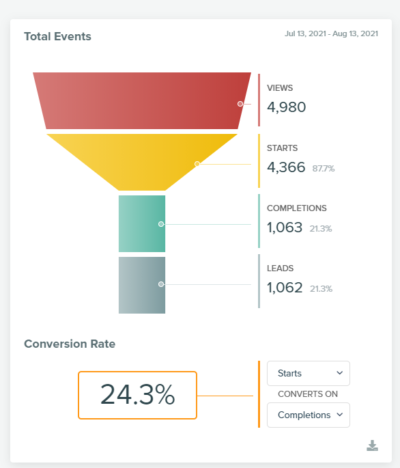
So we’ve got people clicking on the Facebook ad (1st micro conversion), people taking the quiz (2nd micro conversion), and then people entering their email address to receive their results (that’s the macro conversion, in this case).
We’ve got a 24% conversion rate on the quiz. And I happen to know that The Tonic spends about $0.46 per subscriber through this funnel.
But what about retention?
Do people just unsubscribe after they’ve joined the newsletter?
Let’s look at some more micro conversions to determine subscriber quality.
Immediately after people enter their email to receive their results, they also receive an email welcoming them to The Tonic.
Here are the metrics for that welcome email.
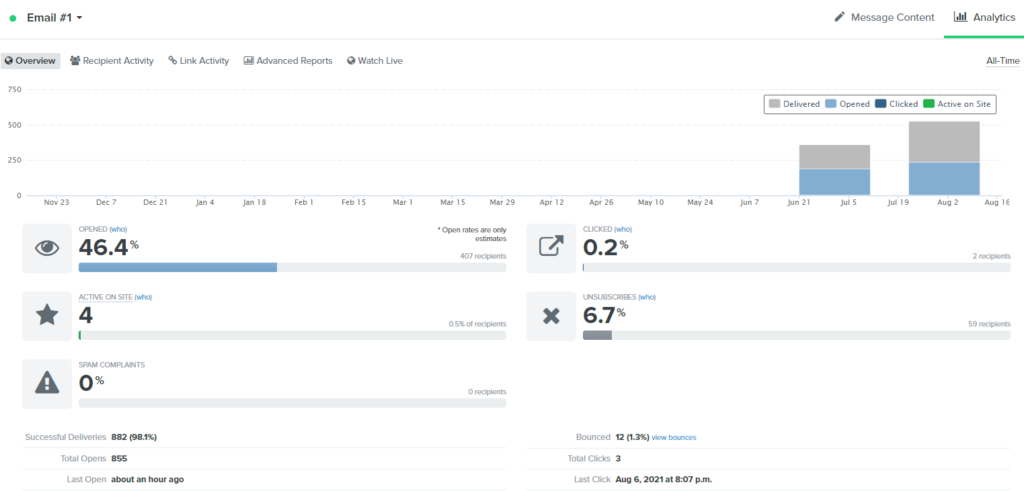
We’ve got a 46% open rate, a 6.7% unsubscribe rate, and 0 spam complaints.
The open rate is healthy, the unsubscribe rate isn’t so high as to be concerning given the type of lead magnet — and the 0 spam complaints is a good sign.
So far, so good.
What about the open rate on future newsletter emails?
Here are stats on the most recent one:
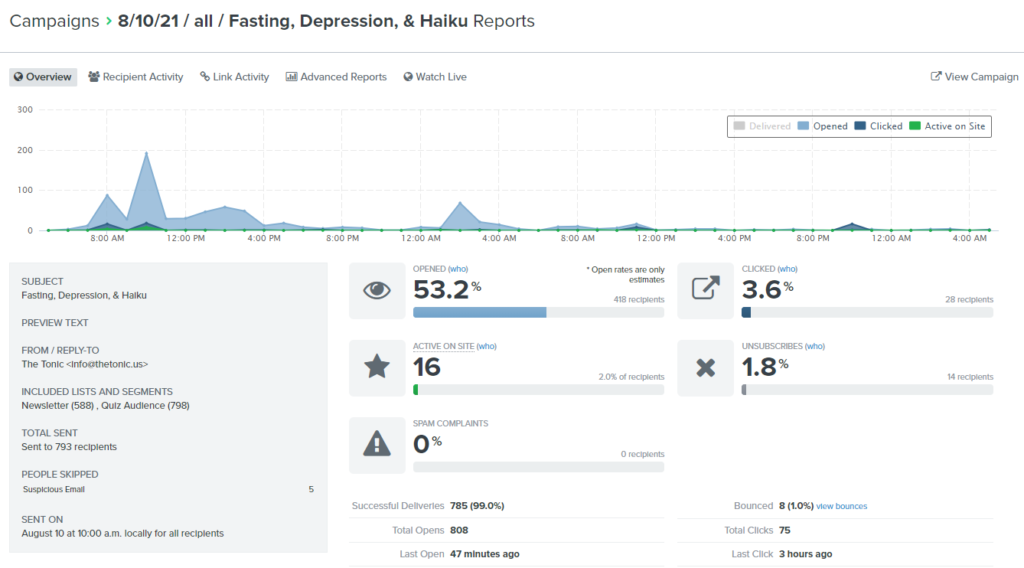
A 53% open rate and 3.6% click-through rate — both pretty good — and a 1.8% unsubscribe rate — again, not too shabby considering the influx of new subscribers and the high open-rate.
Based on all those micro conversions, it’s probably safe to say that The Tonic’s current lead-gen strategy is an effective one — they’re getting subscribers and weeding out uninterested people at a sustainable rate.
2. Carrot’s Lead-to-Customer Funnel
Of course, you can also use micro conversions to create a customer journey that leads toward an important macro conversion.
One example of this comes from Carrot — a SaaS company built to help real estate professionals market their businesses online.
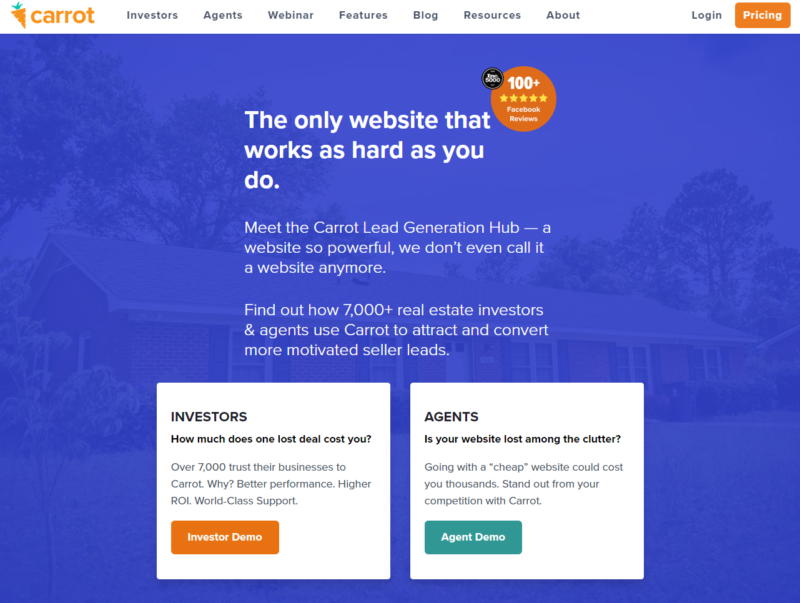
Carrot has a lot of lead magnets floating around their website.
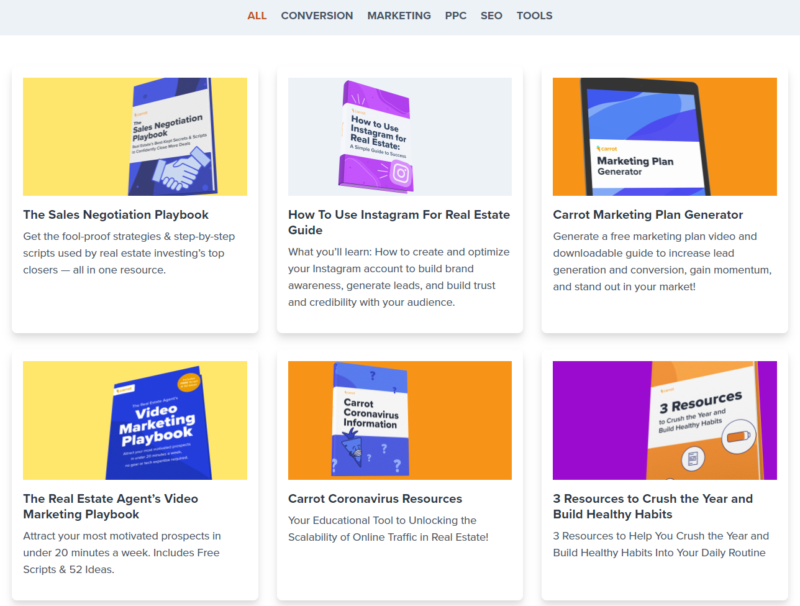
When someone “downloads” one of those resources, their email is added to Carrot’s database, and a sales sequence is triggered to educate that new lead about Carrot’s software. This sequence ultimately guides them toward signing up (note that Carrot doesn’t have a free trial).
On the backend, Carrot’s marketers are paying attention to those metrics.
They’re tracking how many leads they get every month and how many existing leads become new customers.
Here’s the data for May 1st to mid-August:
![]()
During that period, Carrot generated 4,757 leads. In the end, 1,056 of those leads became new customers — leaving us with a 22% macro conversion rate.
That’s a testament to Carrot’s marketing methods (i.e., micro conversions) once a lead enters their ecosystem.
How to Track Micro Conversions in Google Analytics
Google Analytics is one of the most powerful (and certainly the cheapest) tools for tracking both micro and macro conversions.
Check out the video below to get a complete walkthrough on setting up micro and macro conversions for your website inside Google Analytics.
Top 4 Tools For Tracking Micro Conversions
We already showed you how to track micro conversions in Google Analytics — but if that doesn’t fit the bill, here are 4 other tools with different features for tracking micro conversions.
1. Segmetrics
Segmetrics is software that allows you to “optimize for revenue at each touchpoint in your marketing funnel.” More specifically, it offers advanced analytics on customer lifetime journeys, retention and churn, MRR, lead attribution, ad attribution, and customer lifetime value. Check out the video below to get a better idea of what this software can do.
2. Hotjar
Hotjar provides unique insight into how people interact with your websites, landing pages, and sales funnels. You can use heatmaps to determine where people click, create surveys to gather on-page feedback, and watch live recordings of people engaging with your pages. Here’s a video with more details.
3. HubSpot
Hubspot offers an in-depth CRM for B2B companies trying to track micro conversions related to the sales process. You can create workflows, track prospect interactions, and lots more. Check out the video below to learn more about HubSpot’s CRM.
4. VWO
VWO is an advanced A/B testing tool used by household brands like Ubisoft, Hyundai, and AMD. You can use VWO to run statistically significant tests, track results, and optimize the conversion experience. Learn more about the type of tests you can run in the video below.
Final Thoughts
Micro conversions create the buyer journey — they guide people from learning about your business to buying from your business.
And they do so in a human way.
One step at a time, micro conversions gauge interest, build trust, provide value, and inspire action.
Now you know how to use micro conversions and track micro conversions.
All that’s left is action.
Luke Heinecke
Founder/CEO
Luke is in love with all things digital marketing. He’s obsessed with PPC, landing page design, and conversion rate optimization. Luke claims he “doesn’t even lift,” but he looks more like a professional bodybuilder than a PPC nerd. He says all he needs is a pair of glasses to fix that. We’ll let you be the judge.
Leave us a comment.
Subscribe to our blog
Subscribe to our blog
Get weekly PPC & CRO advice sent straight to your inbox.